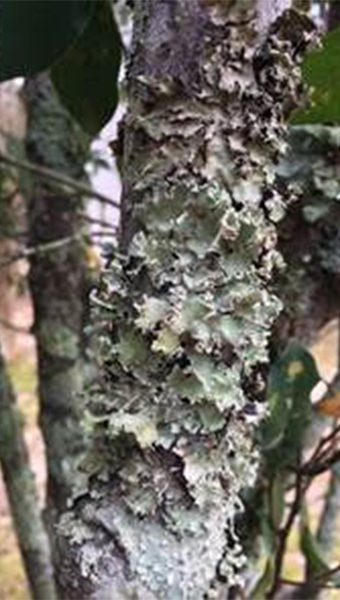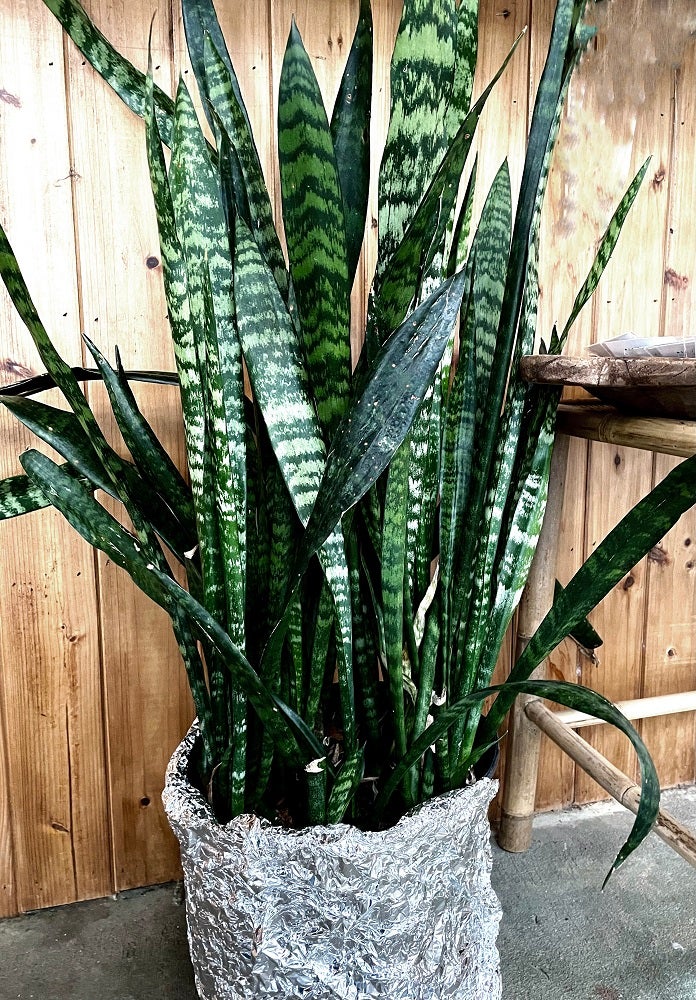Everything you need to know about lichens
Published 7:00 am Saturday, February 18, 2017
By Dr. Eddie Smith
MSU Extension Agent
Throughout the year, I receive many calls about fuzzy crusty structures on the branches of plants and trees.
Many people believe is the reason why their plants or trees are dying. However, these fuzzy structures are not the cause of the plant’s or tree’s demise.
Lichens are crusty growths that may be found on just about any outdoor surface, from tombstones and rocks to the bark of woody plants. Lichens are often unnoticed or ignored until a tree or shrub begins to decline.
Lichens are colorful and can be unusual looking, drawing attention to a declining plant and leading people to mistakenly infer that lichens caused the plant’s demise.
The truth is that lichens are harmless to plants. Lichens actually are formed by the marriage of green or blue-green algae and a fungus. The two organisms partner together and live as one, each depending on the other for survival.
While lichens themselves do not harm plants, they may indicate that a plant is under stress.
Trees that are declining generally have smaller and fewer leaves than normal, allowing more sunlight to reach the trunk and branches.
Lichens take advantage of the increased light and become more abundant on the bark. For this reason, many people mistakenly believe that lichens are killing the plant.
Actually, lichens are just using the bark as a place to sit and take advantage of the sunlight that they use to make their own food.
Lichens can act as a “canary in a coal mine.” Heavy lichen growth on a tree or shrub may indicate that the plant is under stress from things like disease, insects, environmental conditions, or cultural problems.
Chemical control of lichens on plants is not typically recommended. However, if lichen growth is undesirable, then products containing potassium salts of fatty acids may be applied according to label directions.
Examples of labeled products registered for use in Mississippi include Scotts 3-in-1 Moss Control, Bonide MossMax Ready to Spray, and Bayer Advanced 2-in-1 Moss and Algae Killer Ready to Spray.
These products control lichens on bark as well as hard surfaces in the landscape, like sidewalks or structures.





